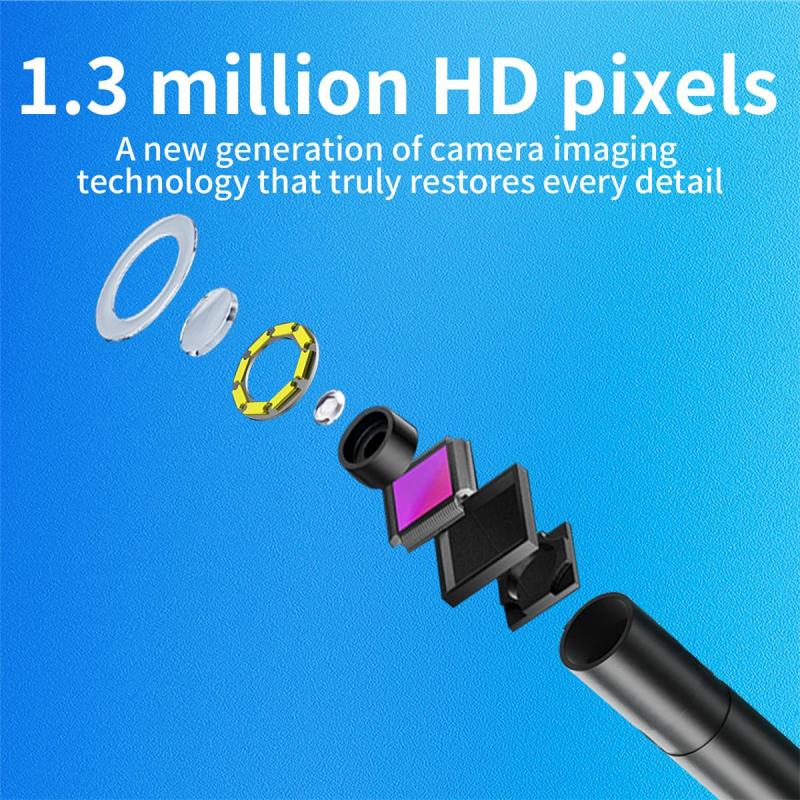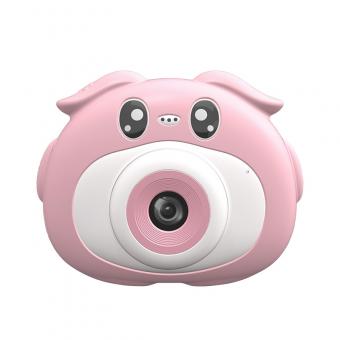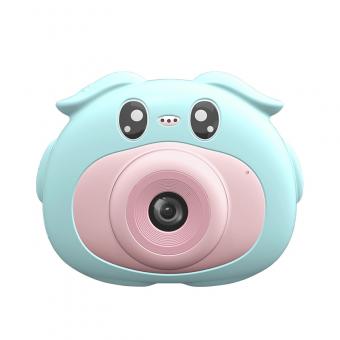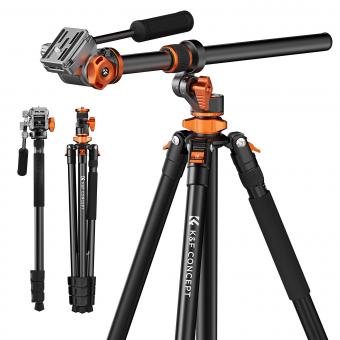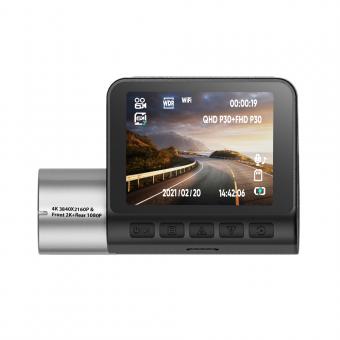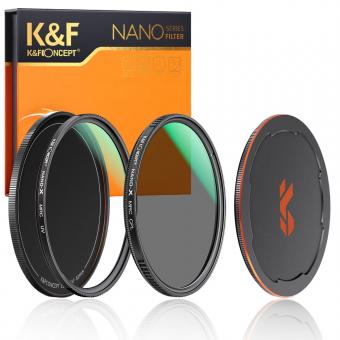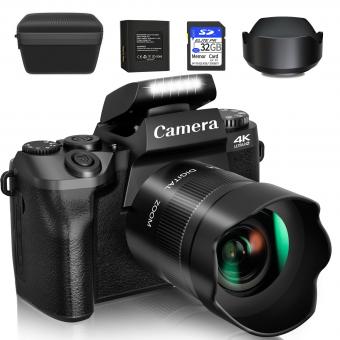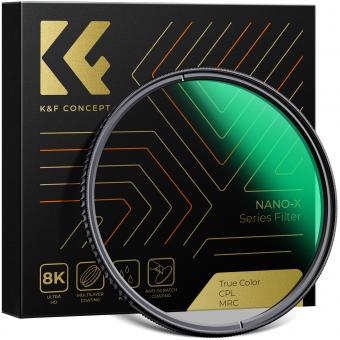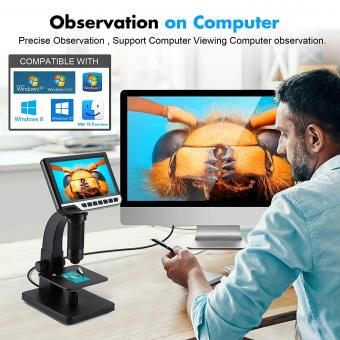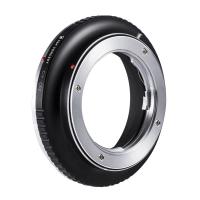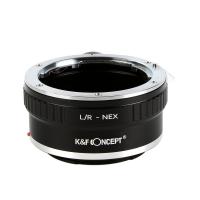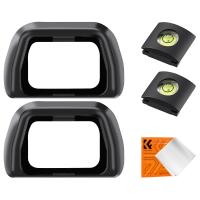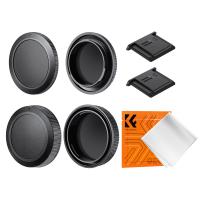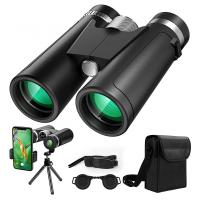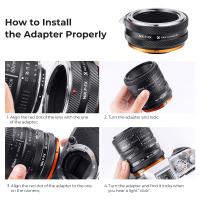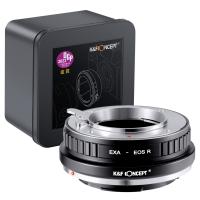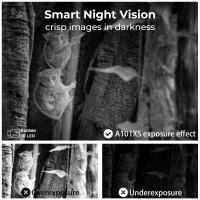What Makes A Good Spotting Scope ?
A good spotting scope is characterized by several key features. Firstly, it should have high-quality optics that provide clear and sharp images, even at high magnification levels. The lens coatings should minimize glare and enhance light transmission for optimal visibility. Additionally, a good spotting scope should have a large objective lens diameter to gather more light and improve image brightness, especially in low-light conditions.
Another important factor is the magnification power. A good spotting scope should offer a wide range of magnification options, allowing users to zoom in and out to observe distant objects with precision. The scope should also have a sturdy and durable construction, with a waterproof and fog-proof design to withstand various weather conditions.
Ease of use is another crucial aspect. A good spotting scope should have smooth and precise focusing mechanisms, as well as adjustable eyecups for comfortable viewing. It should also be lightweight and portable, making it easy to carry and set up in different locations.
Lastly, a good spotting scope should come with additional features such as a tripod mount, interchangeable eyepieces, and compatibility with digiscoping accessories for capturing photos or videos.
1、 Magnification power
Magnification power is indeed a crucial factor that determines the quality of a spotting scope. A good spotting scope should have a high magnification power to provide clear and detailed views of distant objects. The higher the magnification power, the closer the object appears, allowing for better observation and identification of fine details.
However, it is important to note that magnification power alone does not guarantee a good spotting scope. Other factors such as the quality of the optics, lens coatings, and the size of the objective lens also play a significant role in determining the overall performance.
In recent years, there has been a shift towards spotting scopes with variable magnification power. This allows users to adjust the magnification level according to their specific needs and the conditions of the observation. Variable magnification scopes offer versatility and adaptability, making them suitable for a wide range of activities such as birdwatching, wildlife observation, and target shooting.
Additionally, advancements in lens technology have led to the development of spotting scopes with improved image quality and clarity. High-quality lens coatings, such as fully multi-coated or extra-low dispersion coatings, minimize light reflection and enhance light transmission, resulting in brighter and sharper images. These coatings also help reduce chromatic aberration, which can cause color fringing and distortion.
Furthermore, a good spotting scope should have a large objective lens diameter. A larger objective lens allows more light to enter the scope, resulting in brighter images, especially in low-light conditions. It also helps to maintain a wider field of view, making it easier to locate and track moving objects.
In conclusion, while magnification power is an important aspect of a good spotting scope, it is essential to consider other factors such as optics quality, lens coatings, and objective lens size. The latest advancements in technology have significantly improved the overall performance of spotting scopes, providing users with clearer, brighter, and more versatile viewing experiences.
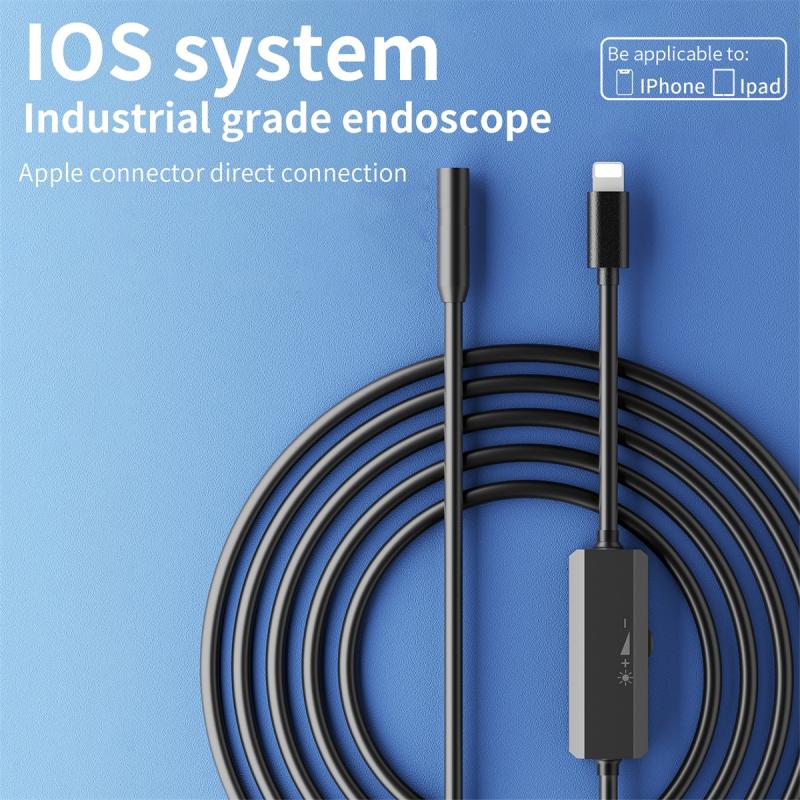
2、 Objective lens diameter
Objective lens diameter is one of the key factors that determine the quality and performance of a spotting scope. The objective lens is the front lens of the scope, and its diameter plays a crucial role in gathering light and determining the scope's ability to transmit a clear and bright image.
A larger objective lens diameter allows more light to enter the scope, resulting in a brighter image with better clarity and detail. This is particularly important in low-light conditions, such as dawn or dusk, when wildlife is often more active. A larger objective lens also helps to enhance the scope's performance in challenging weather conditions, such as fog or rain, by allowing more light to pass through and reducing the impact of these environmental factors on image quality.
However, it is important to note that objective lens diameter alone does not guarantee a good spotting scope. Other factors, such as lens quality, lens coatings, and overall optical design, also play a significant role in determining the scope's performance. For instance, high-quality lenses with advanced coatings can improve light transmission and reduce glare, resulting in a sharper and more vibrant image.
Moreover, recent advancements in lens technology have allowed manufacturers to produce scopes with smaller objective lens diameters that still deliver exceptional performance. These scopes utilize innovative lens coatings and optical designs to maximize light transmission and image quality, even with a smaller objective lens. This has made them more compact and lightweight, which is advantageous for outdoor enthusiasts who value portability and ease of use.
In conclusion, while objective lens diameter is an important factor in determining the quality of a spotting scope, it should be considered in conjunction with other factors such as lens quality, coatings, and overall optical design. The latest advancements in lens technology have allowed for the development of scopes with smaller objective lens diameters that still deliver excellent performance, providing outdoor enthusiasts with more options to choose from based on their specific needs and preferences.
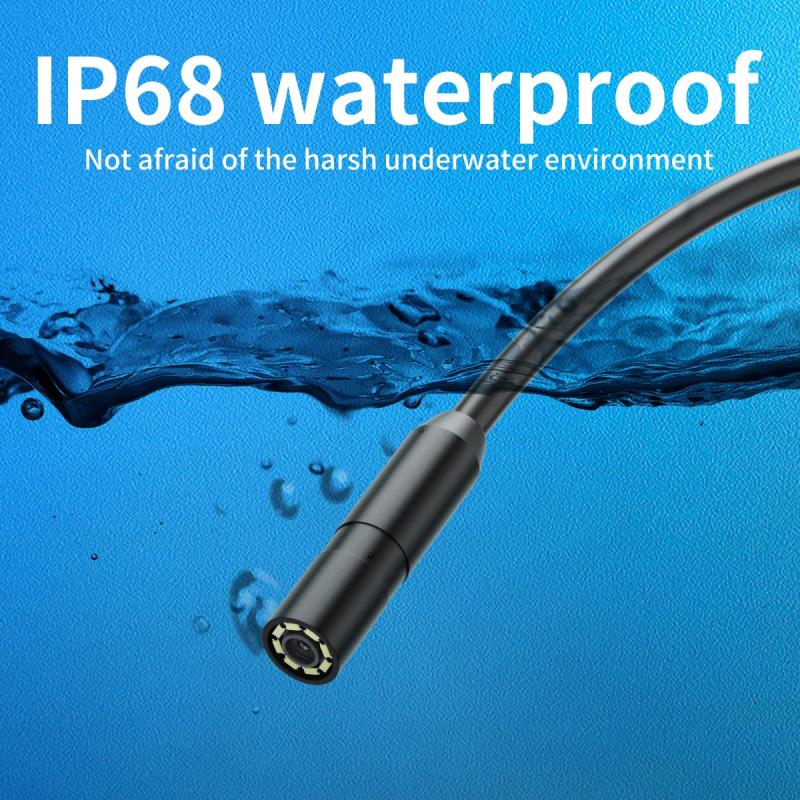
3、 Lens coating quality
Lens coating quality is one of the key factors that determine the effectiveness of a spotting scope. The quality of lens coatings directly affects the clarity, brightness, and color accuracy of the image produced by the scope. A good spotting scope should have high-quality lens coatings that minimize reflections and maximize light transmission.
Lens coatings serve multiple purposes. They reduce glare and reflections, which can be particularly problematic when observing in bright sunlight or low-light conditions. By minimizing these distractions, lens coatings enhance the overall image quality and allow for better visibility of the target.
Additionally, lens coatings help to maximize light transmission. This is crucial for spotting scopes as it directly impacts the brightness of the image. The more light that can pass through the lenses, the clearer and sharper the image will be. High-quality lens coatings ensure that minimal light is lost during transmission, resulting in a brighter and more detailed view.
Advancements in lens coating technology have led to the development of new and improved coatings. For example, some spotting scopes now feature multi-coated or fully multi-coated lenses. These coatings involve multiple layers that further enhance light transmission and reduce reflections. They provide a significant improvement in image quality compared to scopes with single-layer coatings.
In conclusion, lens coating quality is a crucial aspect of a good spotting scope. It directly impacts the clarity, brightness, and color accuracy of the image produced. With advancements in lens coating technology, scopes with multi-coated or fully multi-coated lenses offer the best image quality and should be preferred by those seeking an optimal spotting experience.
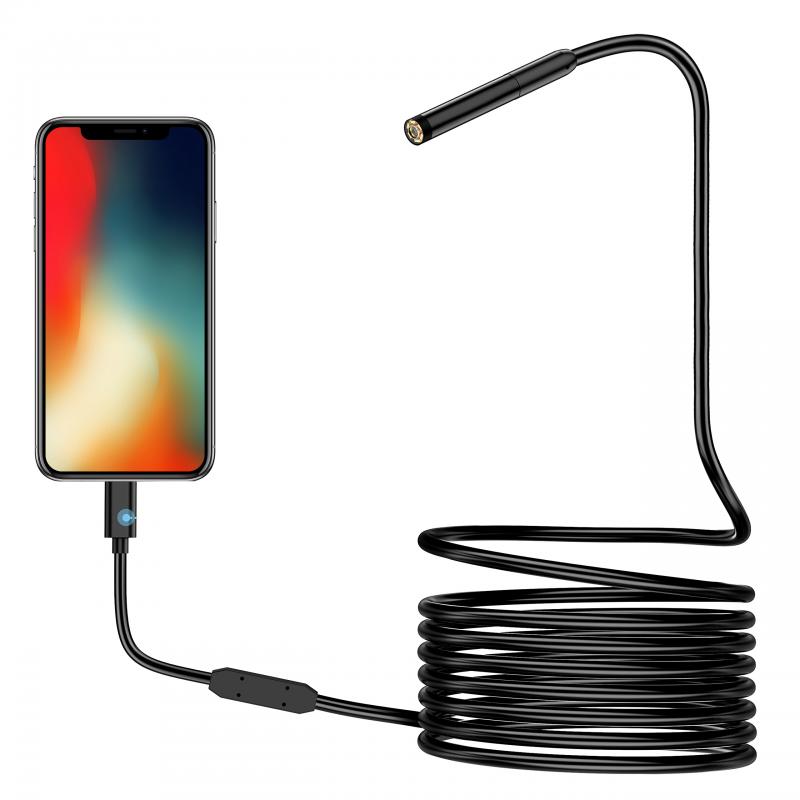
4、 Field of view
Field of view is indeed one of the key factors that make a good spotting scope. A wider field of view allows users to observe a larger area without having to constantly adjust the scope. This is particularly important when observing fast-moving subjects or scanning large landscapes. A wider field of view also enhances the overall viewing experience, providing a more immersive and detailed image.
However, it is important to note that field of view is not the only factor to consider when evaluating the quality of a spotting scope. Other factors such as magnification power, lens quality, and durability also play crucial roles.
In terms of the latest point of view, advancements in technology have led to the development of spotting scopes with wider fields of view. Manufacturers are now incorporating wider angle eyepieces and improved lens designs to provide users with a more expansive view. Additionally, some spotting scopes now feature adjustable field of view, allowing users to customize the width based on their specific needs.
It is also worth mentioning that a good spotting scope should have excellent light transmission capabilities. This ensures that the image produced is bright and clear, even in low-light conditions. High-quality lens coatings, such as fully multi-coated or ED (Extra-low Dispersion) glass, can significantly enhance light transmission and color fidelity.
Lastly, a good spotting scope should be durable and weatherproof. It should be able to withstand harsh outdoor conditions, including rain, dust, and extreme temperatures. Look for scopes with rugged construction, waterproof seals, and nitrogen purging to prevent internal fogging.
In conclusion, while field of view is an important aspect of a good spotting scope, it should be considered alongside other factors such as magnification power, lens quality, and durability. The latest advancements in technology have allowed for wider fields of view, enhancing the overall viewing experience.
